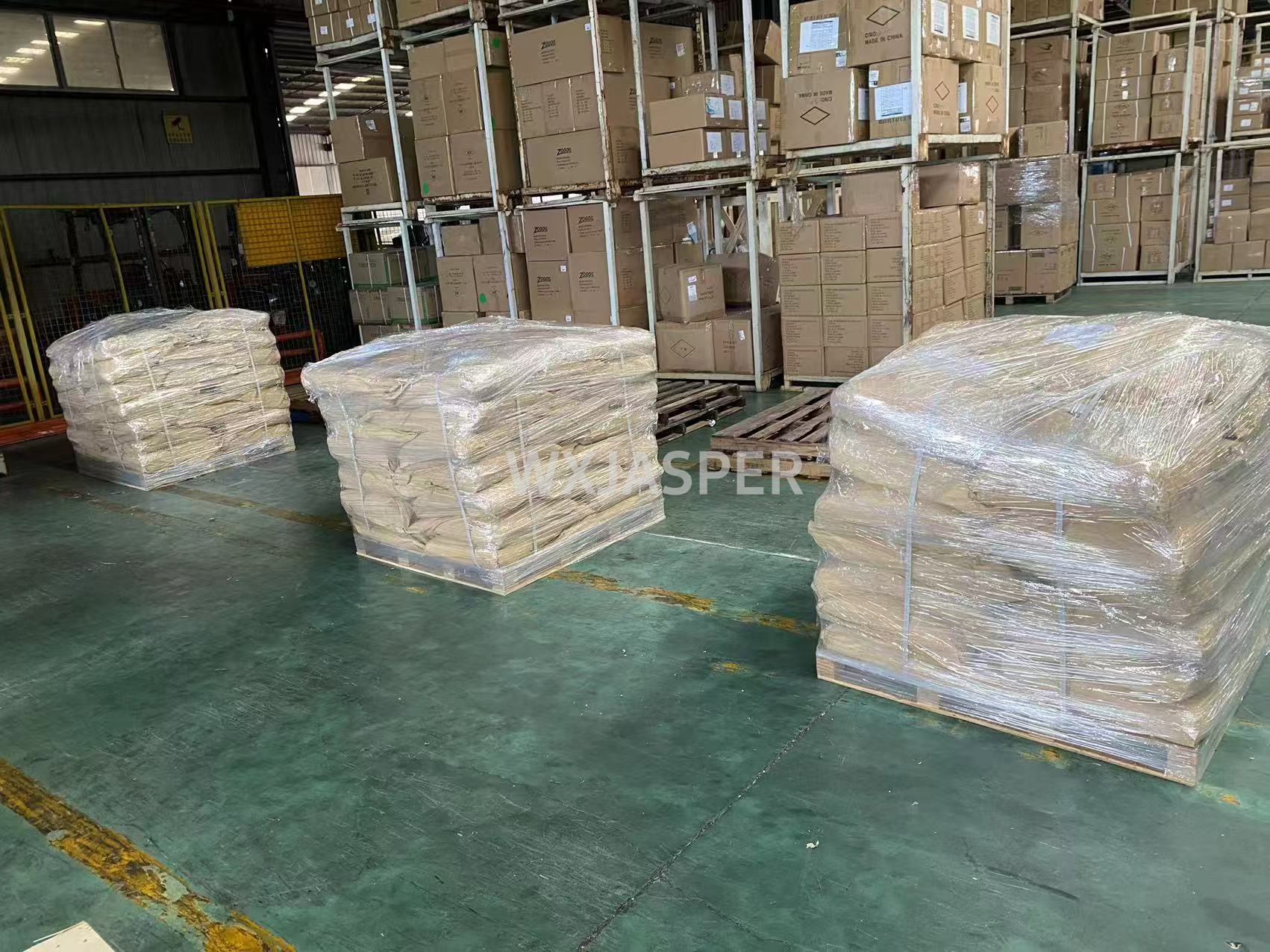Your Location:Home > Products > Solvents > Propyl Paraben



CasNo: 94-13-3
MF: C10H12O3
Appearance: powder
Delivery Time: 15 days
Packing: 25kg/bag
Purity: 99%
|
Indicator |
Typical Values (Food Grade/Cosmetic Grade) |
Description |
|
Appearance |
White crystalline powder or colorless crystals, free of visible impurities |
High-purity products have uniform color, ensuring no impact on the appearance quality of downstream products, such as the color of food and the light transmittance of cosmetics. |
|
Solubility |
Slightly soluble in water (solubility ~0.05 g/100 mL at 25℃); highly soluble in ethanol (50 g/100 mL), acetone, propylene glycol, and other organic solvents |
Strong lipophilicity ensures good dispersibility in oil-based products; in water-based formulations, surfactants or solubilizers (e.g., Tween-80) are required to improve its dispersibility. |
|
Melting Point |
95–99℃ |
Excellent thermal stability; can withstand short-term processes such as baking (180–220℃) in food processing and emulsification (80–90℃) in cosmetics production without decomposition or deterioration. |
|
pH Stability |
Relatively stable in environments with pH 3–8; when pH > 8, the ester bond is prone to hydrolysis, reducing antibacterial activity |
Suitable for acidic to weakly alkaline systems; direct mixing with strong alkaline substances should be avoided to prevent a decrease in preservative efficacy. |
|
Chemical Stability |
No significant loss of activity when stored in a cool, dry environment at room temperature for 24 months; may undergo oxidation reactions when exposed to strong oxidants (e.g., potassium permanganate) |
Storage should be light-proof and moisture-proof; sealed packaging can effectively maintain product performance and ensure stability during the shelf life. |
|
Product Type |
Recommended Dosage (based on pure product) |
Core Function |
|
Jams, Preserves |
0.02%–0.05% |
Effectively inhibits the growth of molds and yeasts, preventing mold growth in preserved fruits and fermentation deterioration of jams, significantly extending product shelf life while maintaining good taste and appearance. |
|
Carbonated Drinks, Fruit Juices |
0.01%–0.03% |
Resists microbial contamination, maintains the clarity and stability of beverages, and prevents issues such as turbidity, precipitation, or off-odors, especially suitable for acidic beverages. |
|
Baked Goods (Cakes, Bread) |
0.02%–0.04% |
Inhibits the growth of mesophilic molds and bacteria, slows down bread mold growth, extends shelf life, and keeps baked goods fresh for a longer time at room temperature. |
Propyl Paraben is generally highly safe, but the following precautions should be noted during use: